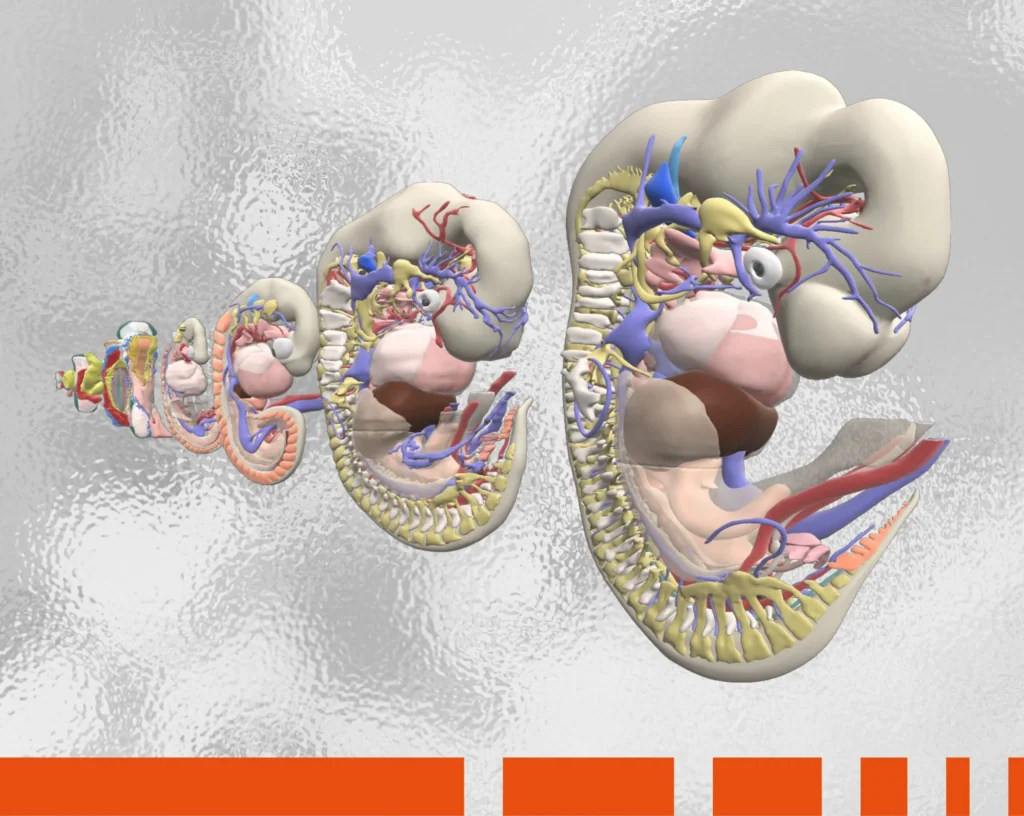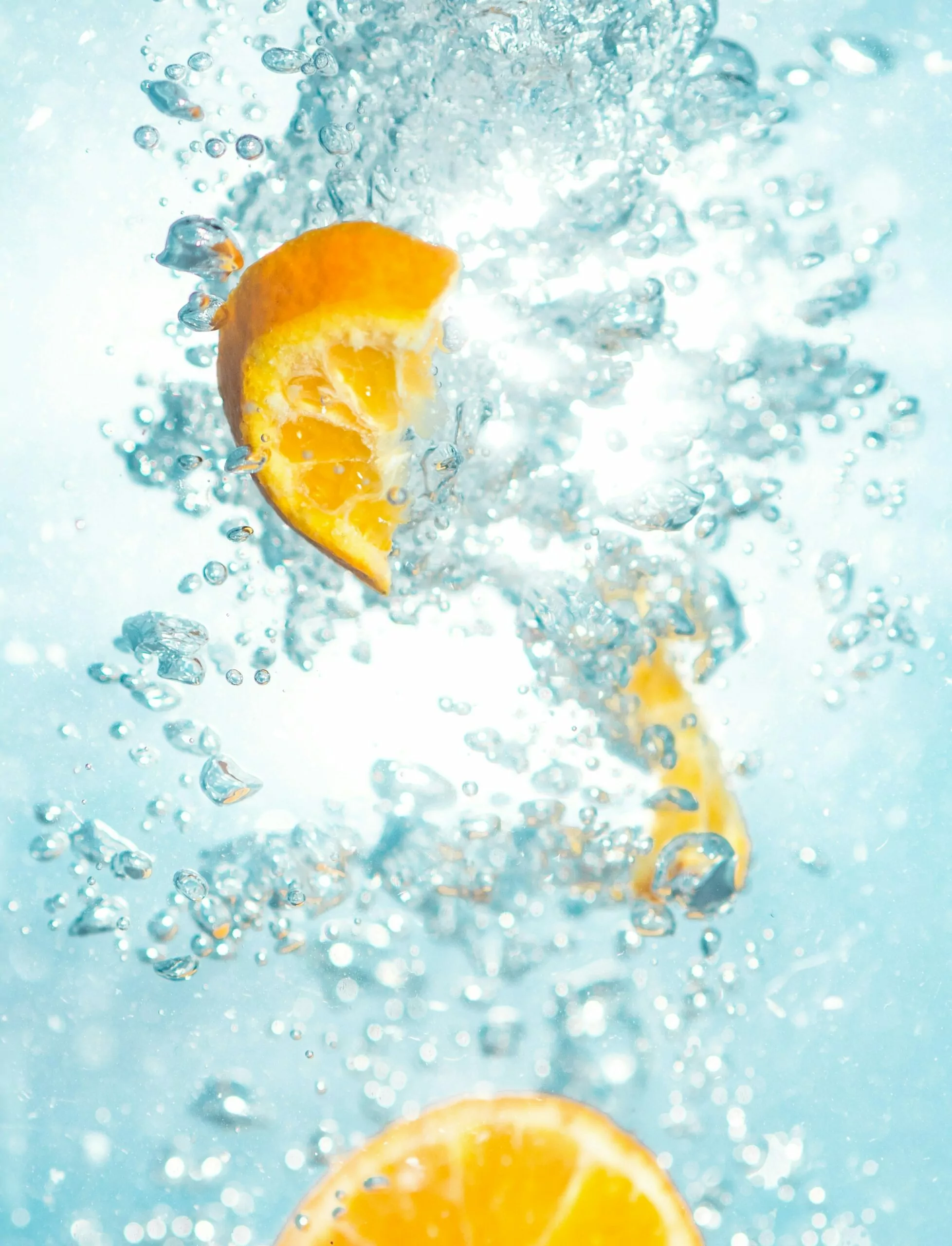For half of the world, summer is upon us, bringing with it blazing sun and soaring temperatures. Whether you’re relaxing at the beach or just walking to the corner store, chances are you’re reaching for your water bottle and guzzling liquids – and then perspiring profusely – in an effort to stay cool and remain hydrated.
But why, exactly, does your body need these fluids so desperately? And how does it process them once they’ve entered your system? Finally, is there such a thing as overhydration? Pour yourself a tall glass of water, read on and find out!
The content in this post is from Primal’s 3D Atlas and Human Anatomy and Physiology modules. To learn more about these or other Primal learning resources, please fill in the form here and our team will be in touch.
How does the body absorb water?
Water is an essential nutrient. Without it, there would be no life on earth. The human body relies on water for a host of vital tasks, from temperature regulation to cell function to disease immunity to detoxification and more. Most of our water intake comes via consuming food and drinking liquids, with a small amount produced by the body during the metabolism of macronutrients. While it normally takes about 10-73 hours to move foods through the digestive system, water can be absorbed in as little as five minutes, “feeding” your cells and blood supply almost instantly. The journey water takes in that time is a fascinating one.
How does your body expel water?
Let’s say you’ve just arrived home after a morning run, covered in sweat and feeling parched. You reach for your water bottle and drink, sending cool liquid seeping down your throat, into your stomach, and through to your small intestine. There, the small intestine walls absorb the water before passing it into your bloodstream, which carries it throughout the rest of your body, hydrating cells and replenishing fluids.
Once the water your body needs is absorbed by the small intestine, whatever is not used must be expelled. This happens four main ways:
-
- Through urination: After your kidneys use water to filter toxins from your body, whatever is left over gets passed out of your body as urine. Urination is the way a majority of fluids leave your body.
-
- Via perspiration: Sweating is your body’s way of cooling itself down. During especially rigorous exercise, some people can produce up to a liter of sweat per hour!
-
- By defecation: Water passes from your small intestine to your large intestine, where it combines with solid fecal matter and helps soften the stool before it passes out of your body.
-
- Through breathing: It may sound strange, but each time you exhale you’re actually expelling tiny amounts of water vapor through your mouth and nose.
Which body organs help excrete water?
Each method of water excretion involves a different organ. Let’s take a closer look at how these organs function to process the vital liquids your body needs to survive.
First up are the kidneys. You have two of them and they are located on either side of the vertebral column at the level of between T12-L3, just below the ribs, with the right kidney sitting slightly lower than the left. Main players in the urinary system, the kidneys are responsible for a host of essential activities, including eliminating toxins from the blood and producing urine. Within the kidneys are millions of nephrons, intricate systems of tubules surrounded by blood vessels, primarily responsible for removing waste from the blood. In the first part of the nephron, the renal corpuscle, the glomerulus (a network of capillaries) filters the blood. After filtered fluid leaves the renal corpuscle, it enters the renal tubule, where usable water and solutes are reabsorbed into the body and additional substances are secreted. The unusable water and waste material is gathered in the kidney’s collecting ducts before the urine is excreted to the bladder via the ureters, where it is stored before exiting the body via the urethra.
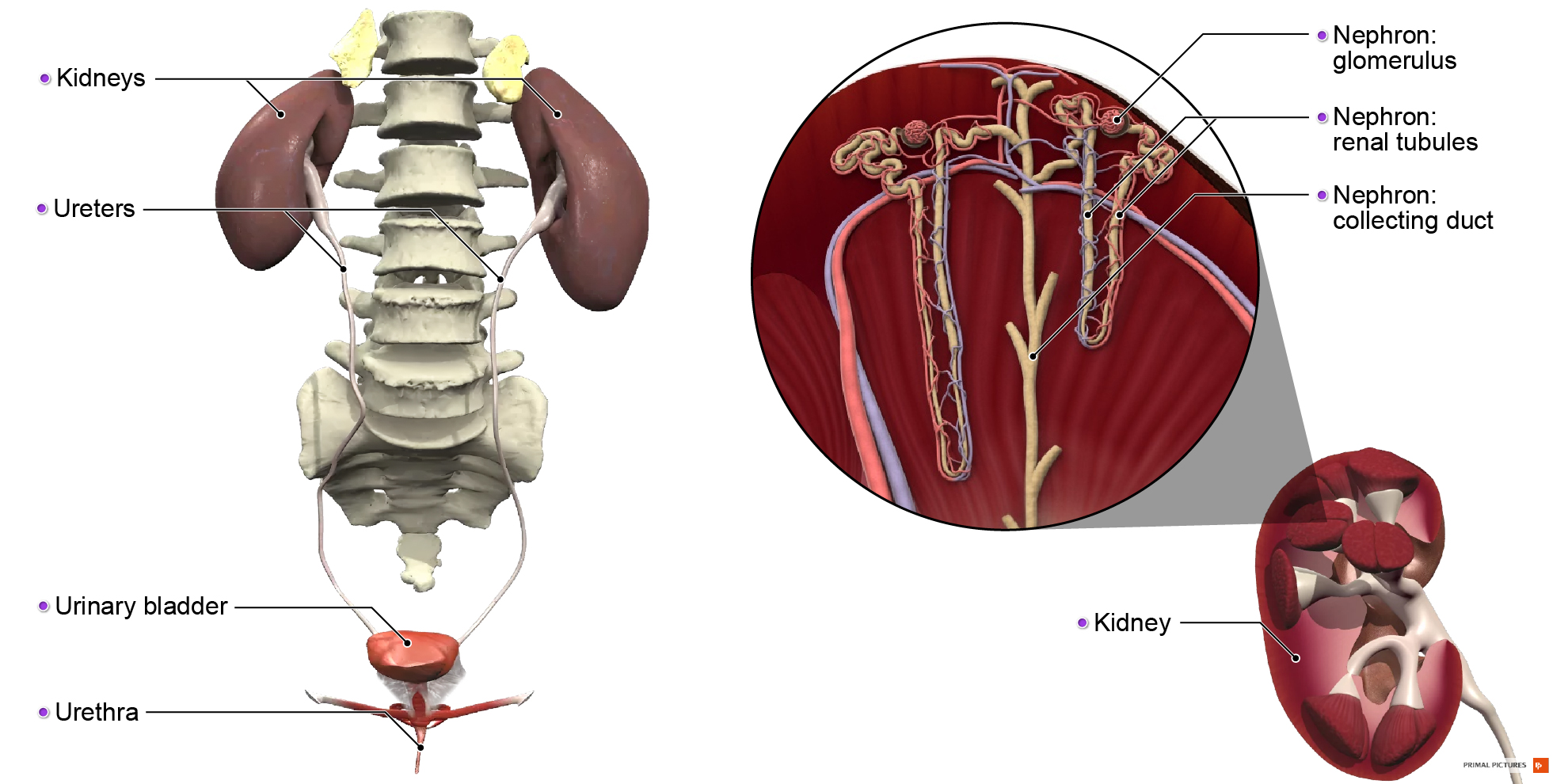
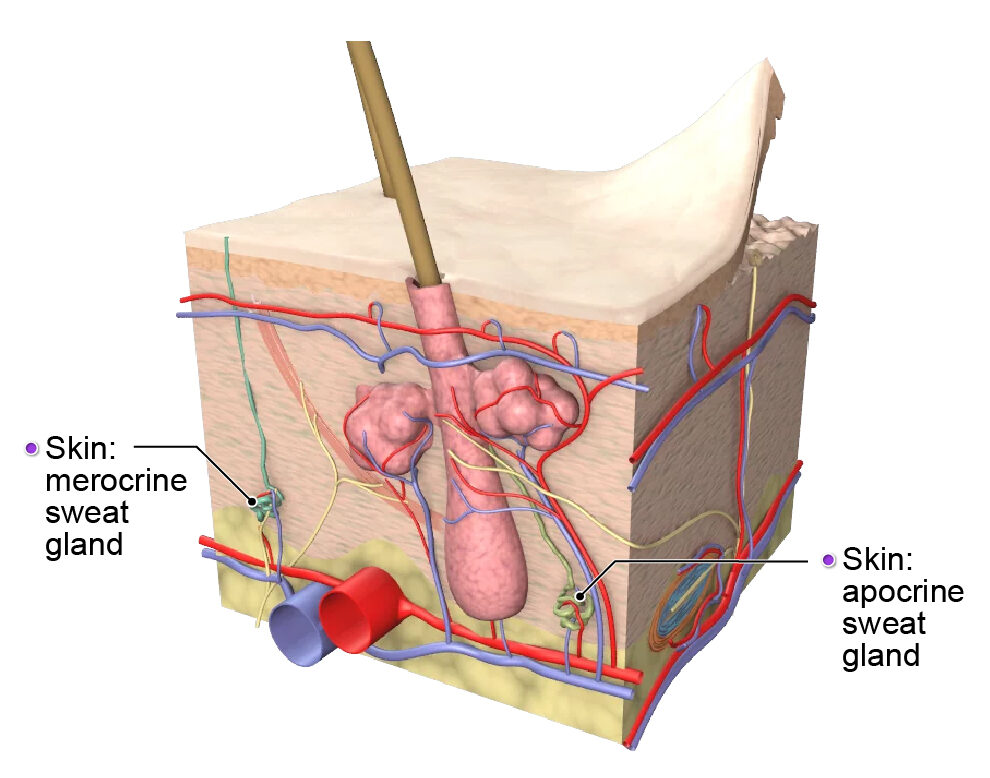
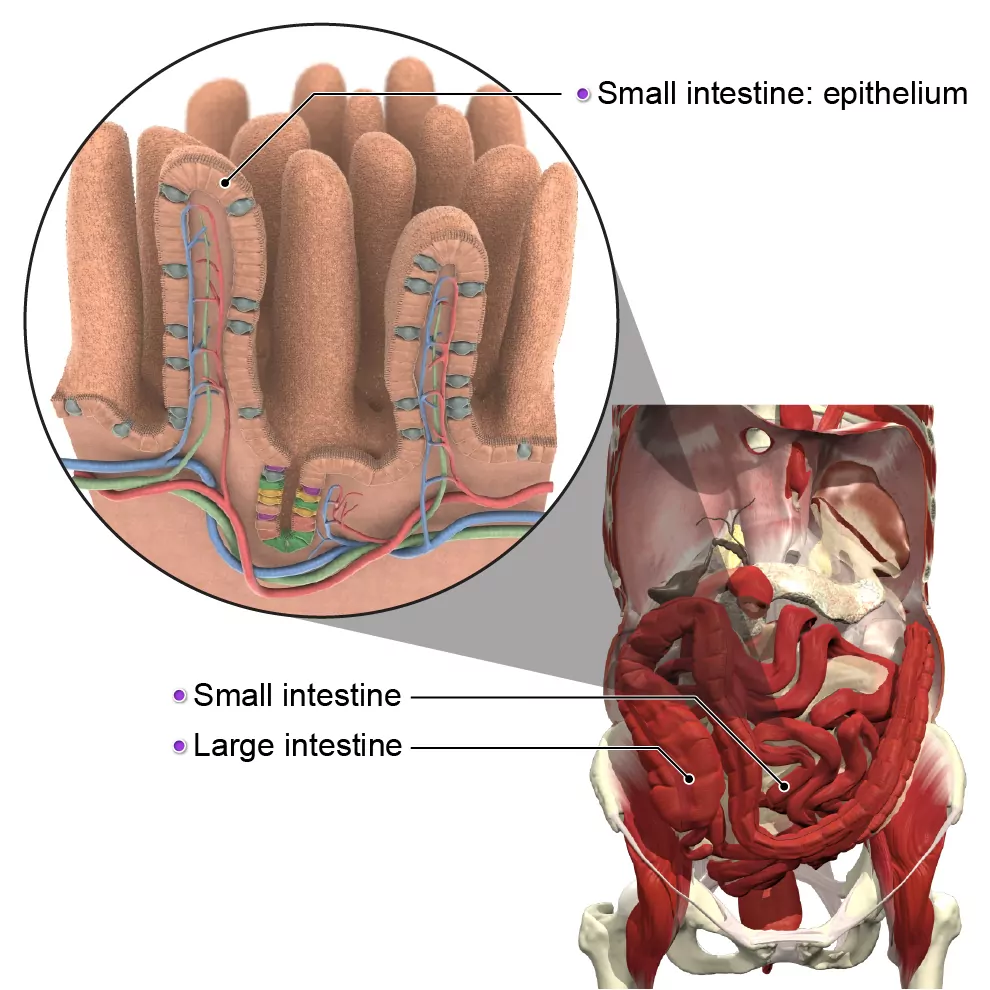
Finally, the respiratory system gets into the act of excreting water from the body via the mouth and the lungs. While this exhalation of water vapor is normally invisible, you can see it in action on a cold day when the fine molecules of water you breathe out condense and form a visible, if temporary, cloud. The gas exchange of breathing in oxygen and breathing out carbon dioxide is facilitated by about 300 million alveoli, thin-walled air sacs that allow gasses to diffuse into the bloodstream. There is a thin layer of alveolar fluid that originates from inside the body and aids in this gas exchange, small molecules of which exit the body via the mouth whenever you exhale.
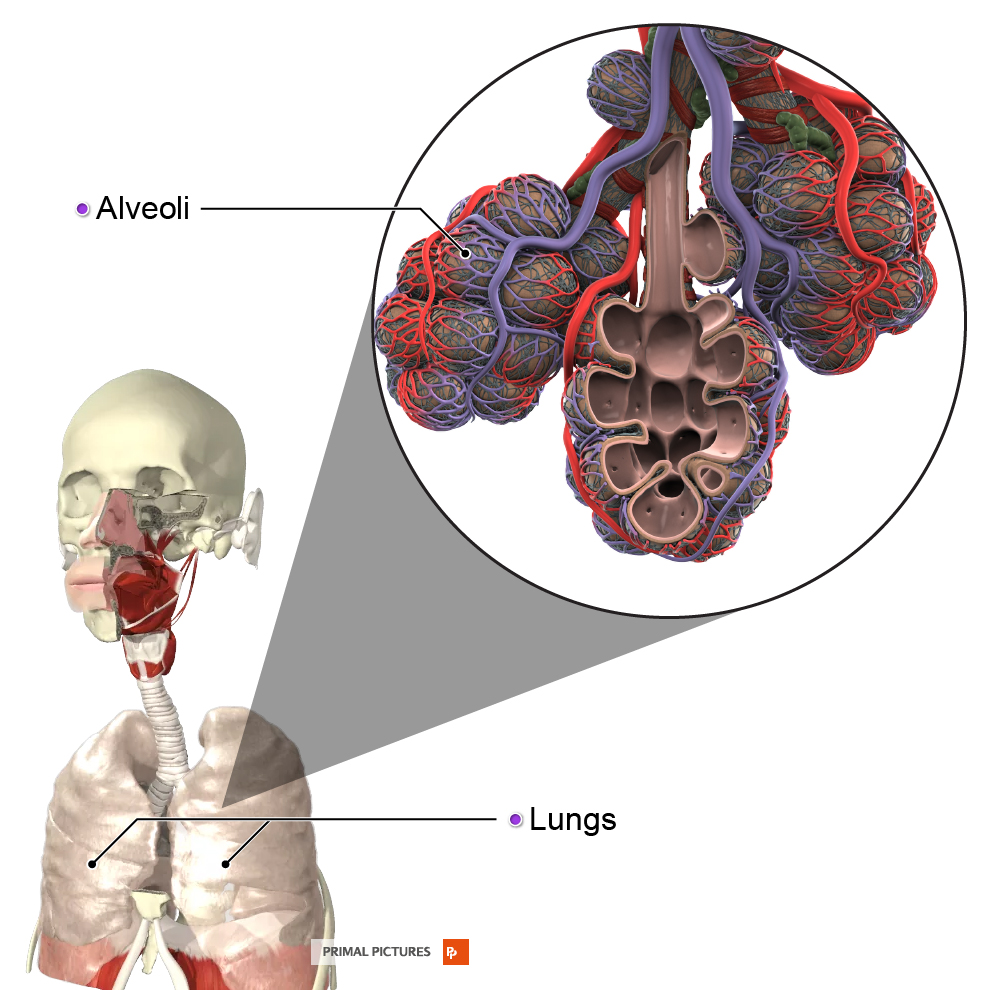
How much water does your body need?
Getting the right balance of water in the body is critical and as we’ve learned, the body works hard at maintaining this equilibrium. The U.S. National Academies of Sciences, Medicine, and Engineering determined that for adults living in temperate climates, the average male needs to consume about 3.7 liters of water per day, while the average female should take in about 2.7 liters. Drinking much less or much more can result in dehydration or overhydration, each of which can be disastrous for your health.
Dehydration can cause:
-
- Decreased physical performance
-
- Headache
-
- Increased fatigue
-
- Possible reduced cognitive function
-
- Delirium
-
- Constipation or diarrhea
-
- Increased or decreased heart rate
-
- Kidney dysfunction or failure
Overhydration can cause:
-
- Mental confusion
-
- Muscle cramps due to electrolyte imbalance
-
- Drowsiness
-
- Discoloration of the hands, feet, and lips
-
- Nausea and vomiting
-
- Headache and brain swelling
So remember this summer: Stay cool, stay healthy, stay hydrated – but don’t overdo it!
The content in this post is from Primal’s 3D Atlas and Human Anatomy and Physiology modules. To learn more about these or other Primal learning resources, please fill in the form here and our team will be in touch.
